
At the latest Academy Awards, Spotlight took home Best Picture but it’s director Tom McCarthy went home empty handed in his respective category, with Alejandro Gonzalez Inarritu being named Best Director for the second year in a row.
This split between Picture and Director has become an increasingly common occurrence in the last five years but it was not always that way. In the eighty-eight year history, this split has only occurred twenty-eight times. Here are ten notable examples of movies that won its director an Oscar but failed to earn the grand prize.
1. The Awful Truth (1937)
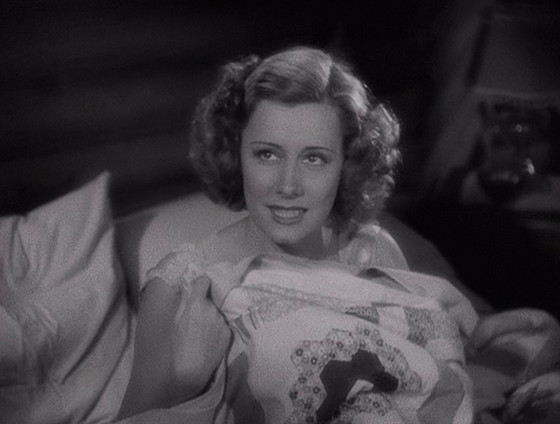
Duck Soup director Leo McCarey was named Best Director for a skill very rarely rewarded in the category: directing good comedy. Like most screwball comedies of the day, The Awful Truth was based on a play and the film can feel a bit more stage bound than modern audiences might be used to.
It’s no less charming though. McCarey imbues the whole production with a rambunctious spirit that shines through nearly eighty years later. McCarey knew that when one had stars like Carey Grant and Irene Dunne who could land zingers while looking good doing it, one just had to stand back and let them do the work.
However, it would be wrong to give the impression that McCarey just pointed his camera and shot his stars. He would use close-ups and camera movements to great effect always in service of the story, never as a point of showing off.
The Awful Truth lost Best Picture to The Life of Emile Zola, the kind of instantly forgettable bio-pic that still gets rewarded to this day. McCarey’s workmanlike dedication to fun would earn him another Best Director award seven years later for the Bing Crosby vehicle Going My Way with that movie going all the way to earn Best Picture.
2. The Treasure of the Sierra Madre (1948)
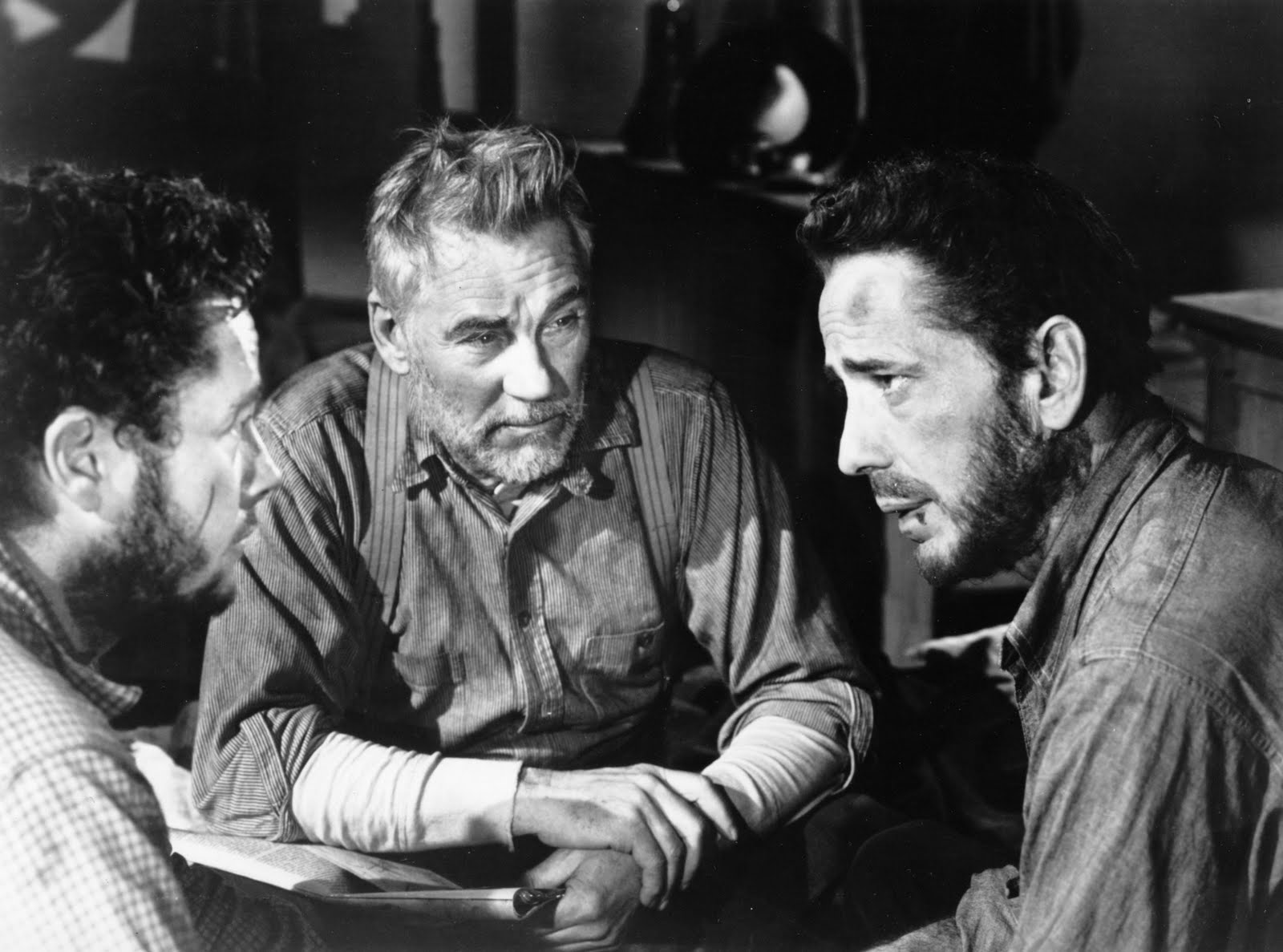
John Huston’s morality tale about the unlucky lives of three men who find gold and face the dangers of greed sounds like it should be heavy-handed but thanks to his direction the film is remarkably light-footed and unpretentious. Shooting on location, a technique not used regularly at the time, Huston achieves a sense of naturalism by having his protagonists interacting with the harsh looking landscapes.
The constant ugly sweat of Humphrey Bogart feels real and earned. Every aspect of Bogart’s performance is devoid of vanity starting with the fact that the world famous movie star is not really the main character.
The movie might start with Bogart’s Fred Dobbs but as he meets his partners, played by Tim Holt and Walter Huston (the director’s father giving an iconic Academy Award winning performance), it follows them in equal measure. Dobbs is not even the cool cucumber Bogart’s usual screen persona. He’s mercenary, stupid, and basically the sole cause of his own misery.
The film doesn’t end on Dobb’s unavoidable tragic end. It ends on a near humorous denouncement in a similar spirit to the nihilistic shrug of the Coens’s Burn After Reading that leaves the viewers with a feeling much harder to shake than if Huston had shoved a message in their face.
The picture ended up losing to Laurence Olivier’s adaptation of Hamlet, a choice that probably felt more prestigious at the time but Sierra Madre had proven to be the one that lasts.
3. Giant (1956)
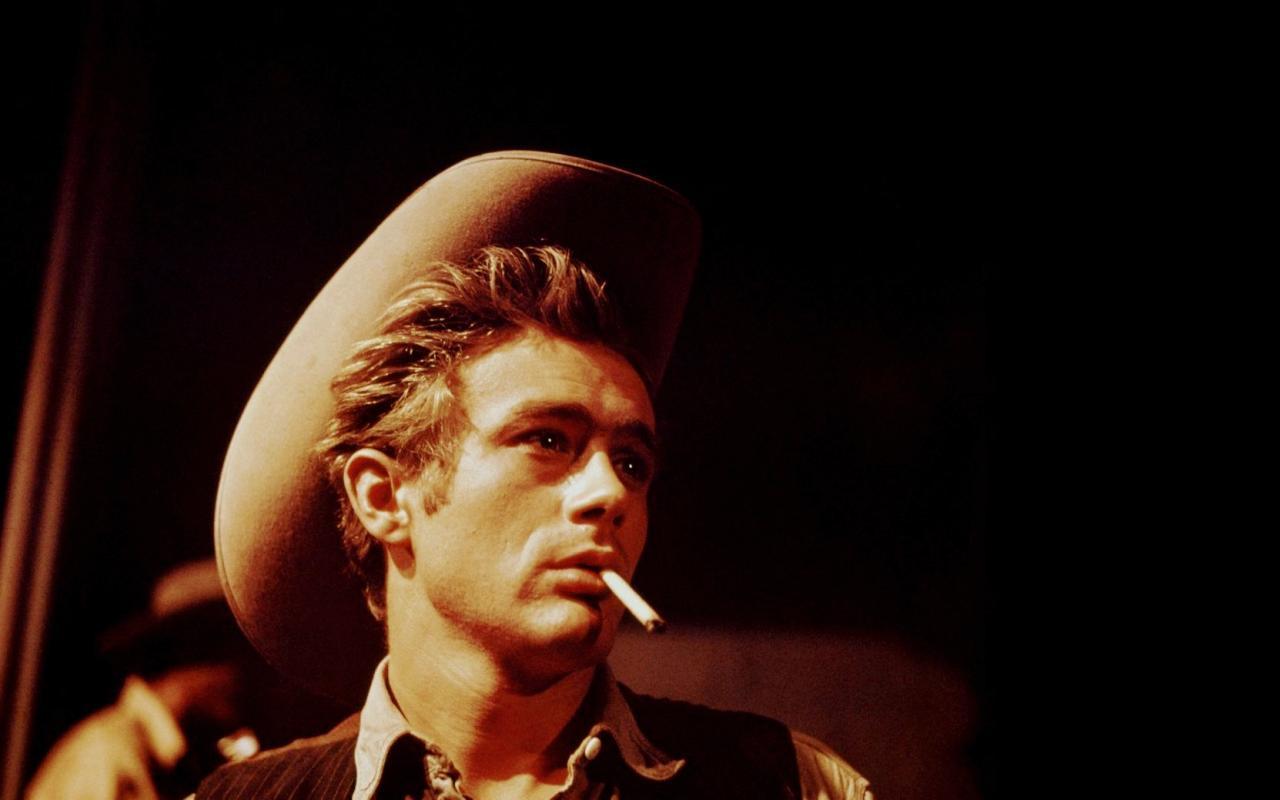
As the saying goes, everything is bigger in Texas and George Stevens’s Lone Star epic takes that to heart. The emotions are big, the story stretches a quarter century, the movie is three hours and some change, and the title says it all: Giant.
Stevens makes the most out of his large canvas, painting a generation-spanning love triangle between icons Elizabeth Taylor, Rock Hudson, and James Dean over a melodrama about money, race, and progress.
Stevens makes the most out of this delicious soap opera, moving the plot forward at a breakneck speed while having the time to slow down with defining character moments. He directed a self-conscious epic that doesn’t feel laborious to sit through decades later like Ben-Hur or Doctor Zhivago and was rewarded with the Best Director for his efforts.
This was the second time George Stevens won Best Director without the movie taking home the gold, the same thing happened in 1952 with A Place in the Sun. Giant lost to the even more giant four-hour-plus Around the World in 80 Days, universally agreed as one of the weaker Best Picture winners of all time.
4. The Graduate (1967)
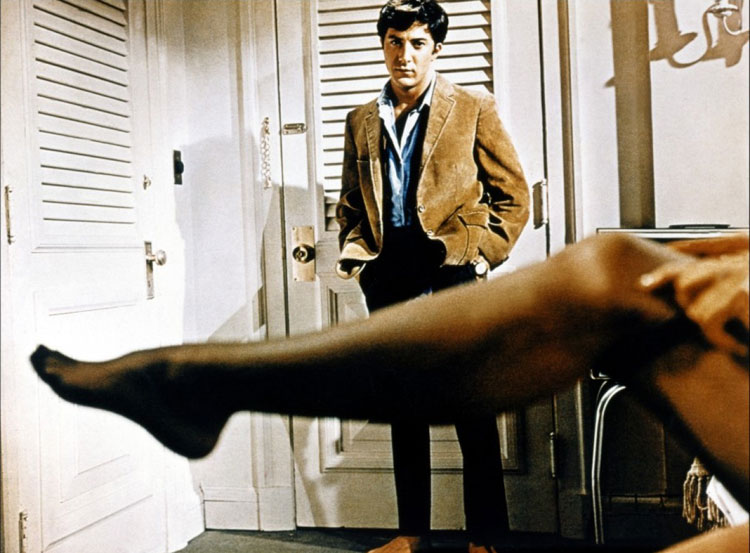
Comedian Mike Nichols had already transitioned into being a respected director with his debut Who’s Afraid of Virginia Woolf when he delivered this generation defining hit comedy winning him his Best Director Oscar.
Post-Graduate, Nichols’s career was filled with peaks and valleys but for this one movie Nichols had a total mastery of staging, editing, and pacing creating a masterpiece that has lived well beyond the generation that claimed it for their own.
The story places Dustin Hoffman as Benjamin Braddock who starts an affair with his parent’s friend Mrs. Robinson played hauntingly by Anne Bancroft. Nichols alternates expertly between long comic set pieces where every facet of uncomfortable and awkward situations is seen through, like securing a hotel room for an affair, and ahead-of-its-time montages to timeless Simon and Garfunkel songs that creates unforgettable imagery like Benjamin jumping onto his water float and ending on his hotel bed.
When the big romance between Benjamin and Mrs. Robinson’s daughter Elaine becomes the focus of the movie, the film loses none of its ugly heart following it through to one of the most famously ambiguous endings of all time. The Graduate lost Best Picture to another classic In the Heat of the Night.
5. Cabaret (1972)
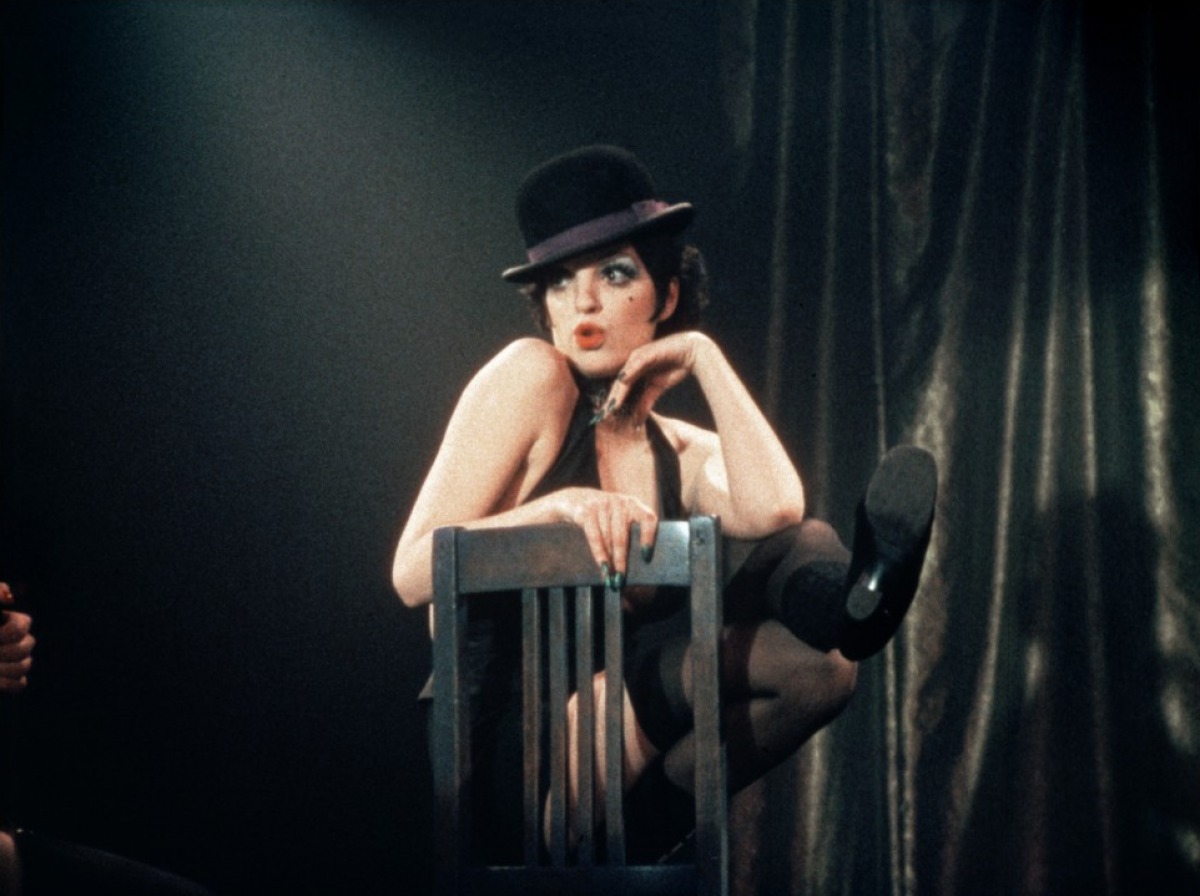
Bob Fosse didn’t deserve his Best Director Oscar in 1972 but that’s only because he was up against Francis Ford Coppola directing The Godfather. This isn’t a travesty for the ages, Coppola would get his a couple years later for The Godfather: Part II and isn’t directing The Godfather reward enough?
Fosse made a masterpiece in his own right. As flashy as Coppola was classical with its characters as progressive as the Corelones were conservative. And every step of the way, Fosse expertly crafts this tale of a calm before a storm.
For the musical-averse, you’ll be happy to know that Cabaret only does a song and dance in the context of the burlesque nightclub where our main character works and is about a 75% regular real life drama.
Fosse never lets you forget that you’re watching a performance as well in contrast to the full on fantasies of the likes of Chicago. The performances are always framed with audience members either around the edges or in the foreground with waiters coming into the picture and glasses clinking on the soundtrack.
The story of a sexually liberated Berlin slowly being taken over by Nazi control is subtle but increases with real dread that lingers with the viewer longer than if it had been hit over the head with explicitness.
This nationalist anthem starts out covertly enough because Fosse frames it in close up, letting the audience get seduced by the attractive singer.
The more the song goes on, the more people stand up and sing along with him invoking a simultaneously rousing and terrifying feeling promising the viewer that the wonderland our characters are enjoying will not last much longer.